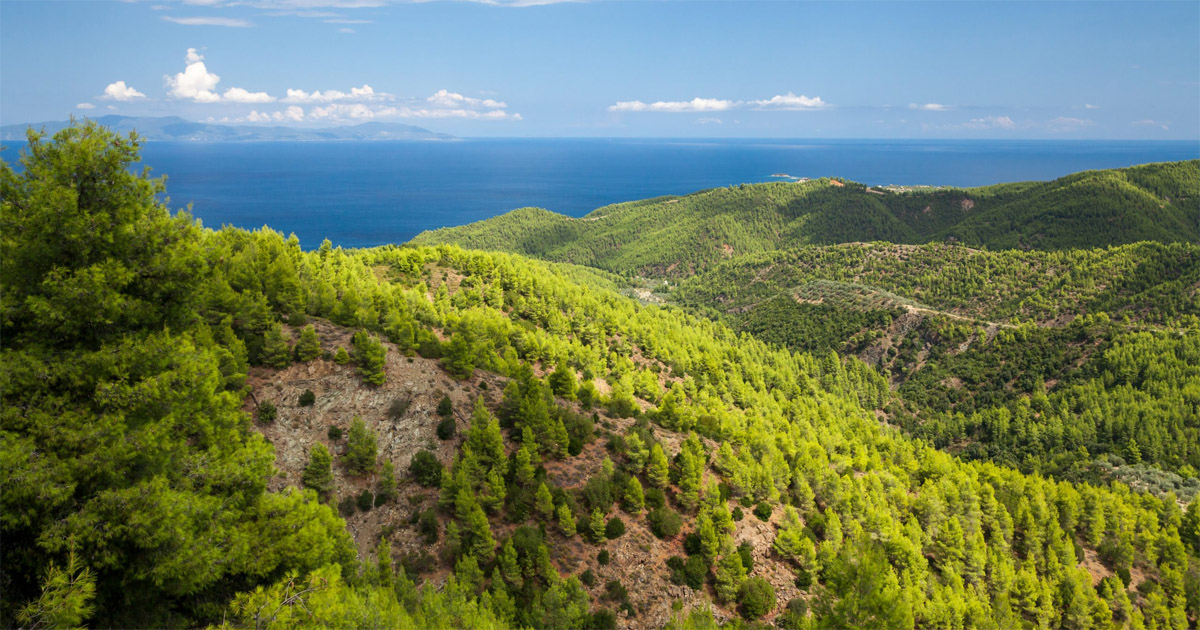Key message
This study assessed the effect of ecological variables on tree allometry and provides more accurate aboveground biomass (AGB) models through the involvement of large samples representing major islands, biogeographical zones and various succession and degradation levels of natural lowland forests in the Indo-Malay region. The only additional variable that significantly and largely contributed to explaining AGB variation is grouping based on wood-density classes.
Context
There is a need for an AGB equation at tree level for the lowland tropical forests of the Indo-Malay region. In this respect, the influence of geographical, climatic and ecological gradients needs to be assessed.
Aims
The overall aim of this research is to provide a regional-scale analysis of allometric models for tree AGB of lowland tropical forests in the Indo-Malay region.
Methods
A dataset of 1300 harvested trees (5 cm = trunk diameter = 172 cm) was collected from a wide range of succession and degradation levels of natural lowland forests through direct measurement and an intensive literature search of principally grey publications. We performed ANCOVA to assess possible irregular datasets from the 43 study sites. After ANCOVA, a 1201-tree dataset was selected for the development of allometric equations. We tested whether the variables related to climate, geographical region and species grouping affected tree allometry in the lowland forest of the Indo-Malay region.
Results
Climatic and major taxon-based variables were not significant in explaining AGB variations. Biogeographical zone was a significant variable explaining AGB variation, but it made only a minor contribution on the accuracy of AGB models. The biogeographical effect on AGB variation is more indirect than its effect on species and stand characteristics. In contrast, the integration of wood-density classes improved the models significantly.
Conclusion
Our AGB models outperformed existing local models and will be useful for improving the accuracy on the estimation of greenhouse gas emissions from deforestation and forest degradation in tropical forests. However, more samples of large trees are required to improve our understanding of biomass distribution across various forest types and along geographical and elevation gradients.
DOI:
https://doi.org/10.1007/s13595-017-0618-1Altmetric score:
Dimensions Citation Count:
Publication year
2017
Authors
Manuri, S.; Brack, C.; Rusolono, T.; Noor'an, F.; Verchot, L.V.; Maulana, S.I.; Adinugroho, W.C.; Kurniawan, H.; Sukisno, D.W.; Kusuma, G.A.; Budiman, A.; Anggono, R.S.; Siregar, C.A.; Onrizal, O.; Yuniati, D.; Soraya, E.
Language
English
Keywords
allometry, equations, sampling, trees, above-ground biomass























